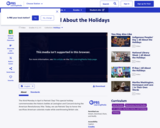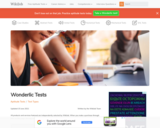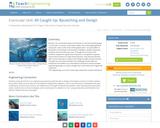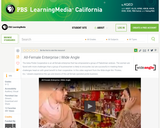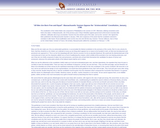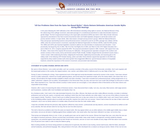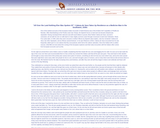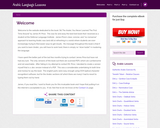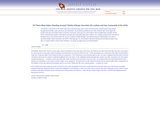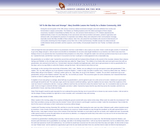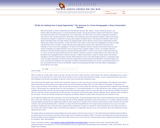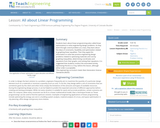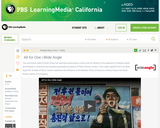Applying to jobs can be an unpredictable process. Some jobs require only a couple of interviews before you pass, while others might even ask you to make impromptu presentations or analyze case studies. For graduate-level roles, aptitude tests are already a common screening method at the start of applications. One of the most popular of these is the Wonderlic test. If your potential employer has told you that you’ll be taking the Wonderlic test for your next step, then it’s essential to be prepared--after all, it’s difficult for test-takers to pass this without practice.
What is the Wonderlic Test?
The Wonderlic test is a cognitive ability test for job applicants that’s similar to an IQ test. Its parent company, Wonderlic Inc., actually has different types of tests, but what people usually mean by “Wonderlic test” is the Wonderlic Personnel or Wonderlic Cognitive Ability Test. Questions are presented in multiple-choice format. The test is normally taken online, from the convenience of your home, but you might also be invited to take it directly in your potential employer’s office.
You’re likely to encounter the standard version of the test, which consists of 50 questions that you have to answer in 12 minutes. There’s also a shorter version that only has 30 questions--but your time limit is only 8 minutes.
While the questions in the Wonderlic aren’t necessarily difficult on their own, it’s the time pressure that makes the test so hard to beat. You have to answer around four questions every minute. Some of these might even need math calculations that you have to perform in your head because calculators aren’t allowed.
For each correct answer, you get a point, so the maximum score for the standard version is 50. Surprisingly, the average score is only 21 out of 50. Even finishing it is a challenge--only 2-3% of test-takers finish the exam!
Questions in a Wonderlic Test
The questions in a Wonderlic test are diverse and mainly focused on your reasoning skills. Here’s what you can expect to see:
General Knowledge
General knowledge questions are the easiest. You can take advantage of these by answering them quickly without sacrificing accuracy, leaving more time for the other questions. For example, you might be asked to order dates or identify what well-known terms such as “FAQ” mean.
Abstract Reasoning
These questions test your spatial recognition, including your ability to visualize objects. A popular question involves studying a diagram of a flattened cube and figuring out which sides are adjacent when it’s folded into a cube. Another is looking at a series of images then deducing the next image in the sequence.
Logical Reasoning
These questions evaluate how you use inductive and deductive logic. You’re presented with several statements, and you have to make a conclusion based on those statements. These can be tricky, so it’s important to double-check your answers.
Verbal Reasoning
With verbal reasoning questions, you select synonyms or antonyms, determine the relationship between two words, or complete a sentence with the grammatically correct answer. You might also have to make analogies or choose the odd word out from the choices.
Numerical Reasoning
These are usually the toughest questions in the exam. They often show up as problems that require you to perform several arithmetic calculations. Percentages and ratios also appear frequently. You might have to pick corresponding graphs for data tables as well.
How to Prepare for a Wonderlic Test
Your performance in the Wonderlic test can determine whether you’ll move on to the next stage of your application. Given the low passing rate for the test, this means that you have to devote some time to studying it. These tips will help you get a higher score:
Take a practice test
The first step is to jump into it right away by taking a practice test. This will give you a good idea of what the Wonderlic test is like and what your current performance on it is.
Review questions
Once you have a baseline, look back at your wrong answers and study them. It also helps to keep reviewing similar math questions until your speed improves.
Take a timed practice test
When you’re confident that you can answer most questions correctly, work on your speed by taking timed practice tests until it becomes second nature to you.


